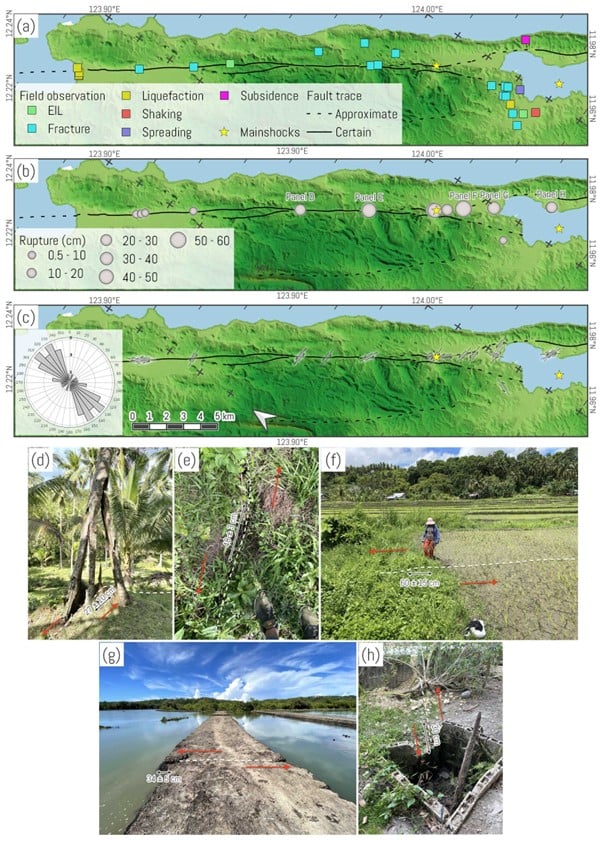Advanced optical correlation and interferometry techniques can enhance our understanding of earthquake hazards
21 Oct 2025

In the Philippines, studying earthquakes usually involves using techniques like interferometry, global navigation satellite systems (GNSS), waveform modeling, and field investigations. The methods have been used to investigate the rupture kinematics of significant earthquakes in the Philippines. Earthquake kinematics describes the three-dimensional motion of the ground surface during an earthquake event and is characterized by the spatial distribution of ground displacements along the fault rupture. It is crucial in seismic hazard assessments since it can be used in estimating the possible ground shaking intensity and fault rupture potential of a particular location.
Our research employs advanced optical correlation and interferometry techniques to provide precise measurements of surface displacement. These methods are crucial for assessing earthquake risks and developing effective mitigation strategies. Our use of optical correlation alongside interferometry provides high-resolution surface displacement measurements that can aid in the assessment of earthquake hazards to assist the development of mitigation strategies. We recommend that these techniques be widely adopted for studying active faults throughout the Philippines. Future research should also consider integrating additional datasets, such as UAV data, and applying these methods to other surface processes. By refining hazard models, improving geological assessments, and closely examining slip estimates, we can achieve a deeper understanding of the region’s seismotectonic configuration, ultimately enhancing earthquake preparedness.
Authors: Khelly Shan Sta. Rita (National Institute of Geological Sciences, University of the Philippines Diliman), Sotiris Valkaniotis (Department of Civil Engineering, Democritus University of Thrace) and Alfredo Mahar Francisco Lagmay (National Institute of Geological Sciences, University of the Philippines Diliman; UP Resilience Institute, University of the Philippines Diliman)
Read the full paper: https://nhess.copernicus.org/articles/24/1135/2024/
